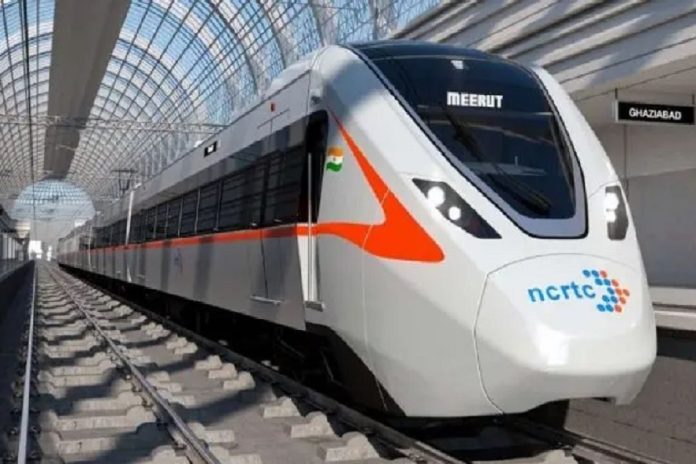Snapshot
The move is expected to benefit agricultural and dairy farmers, as they can transport their fresh produce and dairy products to Delhi faster at comparatively less cost.
It will also help to reduce the traffic jams on the roads as there may be a considerable decline in the number of heavy vehicles on the road.
With the aim of making the RRTS corridor meant for passenger service commercially viable, the National Capital Region Transport Corporation (NCRTC) is exploring possibilities of leveraging the high speed route for goods trains also.
According to NCRTC MD Vinay Kumar Singh, rapid rail will become a major means of transporting passengers as well as goods in NCR.
With the operation of both passenger and goods movement on the heavily congested Delhi-Meerut route, it is expected to help reduce rising vehicular congestion and pollution.
As per the plan, NCRTC would use the option of running special service for the transportation of goods on the Delhi-Ghaziabad-Meerut RRTS route.
While the movement of bulk goods like coal and cement are not expected to be carried on the route, there are high chances of attracting perishable goods, agri-products and white goods to be transported on the route.
The NCRTC envisages running of goods service would be operated during the night and during off-peak hours in the day. There would be specially made coaches without seats for the movement of goods on the RRTS tracks, according to NCRTC.
The 82 km long Delhi-Meerut RRTS corridor is expected to be covered in 55 minutes for passenger service. If the goods train project is also materialised then there would be faster movement of goods in the sector also, said NCRTC.
For the goods train, the NCRTC is proposing for construction of three warehouses-cum-depots on the corridor. While one is expected to come up at Jangpura in Delhi and the other two are proposed at Duhai and Modipuram in Uttar Pradesh.
According to NCRTC, the maintenance depot at Modipuram is expected to come up in 2025. Currently, the construction of Duhai depot with control centre for the priority section is nearly complete.
NCRTC maintains that once the route is operational, these freight trains will be transformational for the agricultural sector of the region, especially in the region where a significant percent of population depends upon it.
Agricultural and dairy farmers will be extremely benefitted, as they will be able to transport their fresh produce and dairy products to the national capital everyday faster and at comparatively less cost through the rapid rail network.
The move is expected to reduce the traffic jams on the roads as there may be a considerable decline in the number of heavy vehicles on the road.
NCRTC has taken the initiative of building a huge network of networks by seamlessly connecting the various public transit systems in NCR.
With Multi-Modal-Integration, RRTS stations will have seamless integration with Metro stations, railway stations, and bus depots, wherever possible. This expands the horizons in terms of market and revenue for the farmers.
According to the survey, the first RRTS corridor is estimated to reduce ~2,50,000 tonnes of carbon dioxide in vehicular emissions per year. With an expected daily ridership of around 8 lakh passengers, RRTS will be the most energy-efficient futuristic transit system.
NCRTC is planning to commence trial runs on the Priority Section of the Delhi-Ghaziabad-Meerut RRTS corridor by the end of this year and it is expected to be made operational for the public by 2023.


